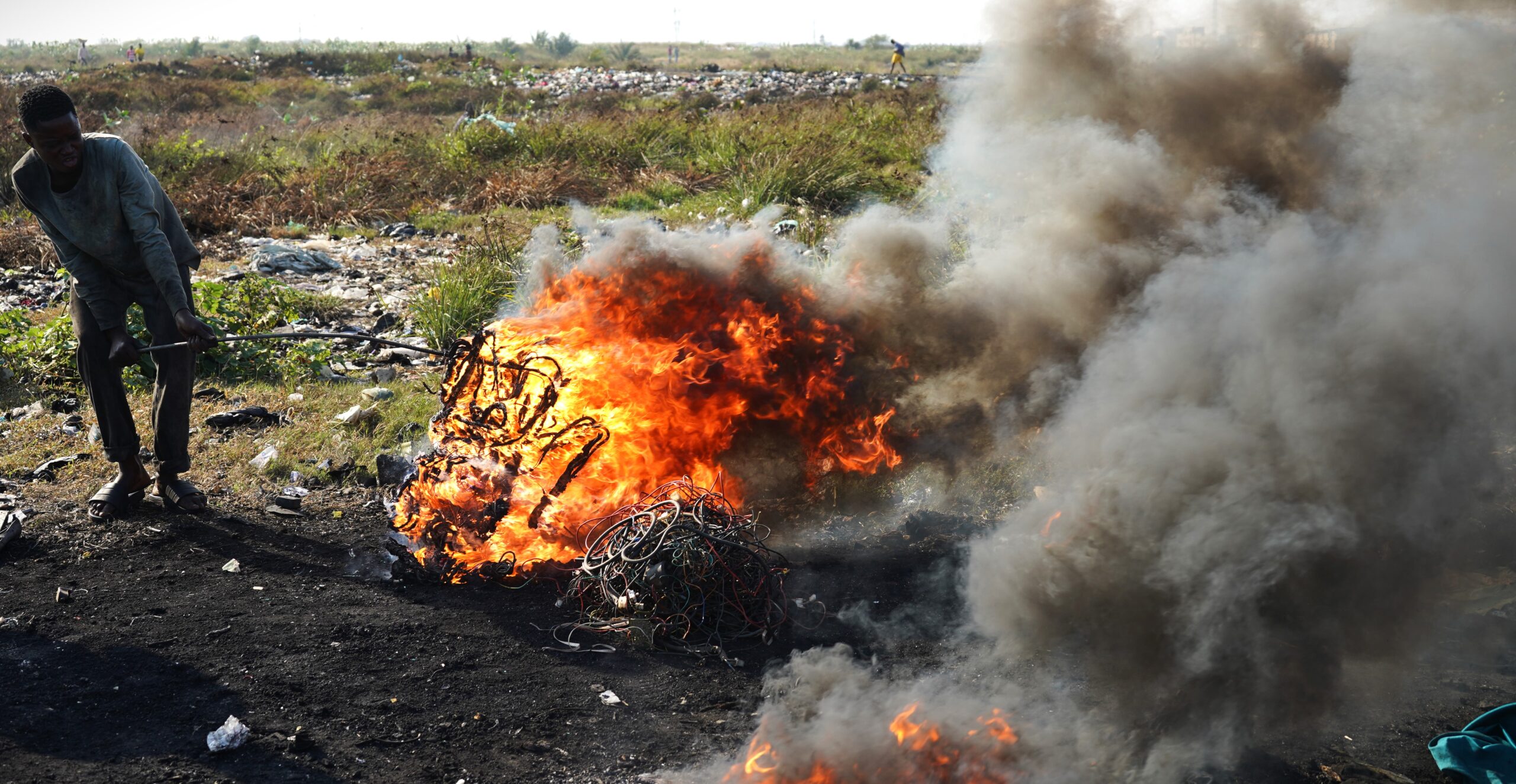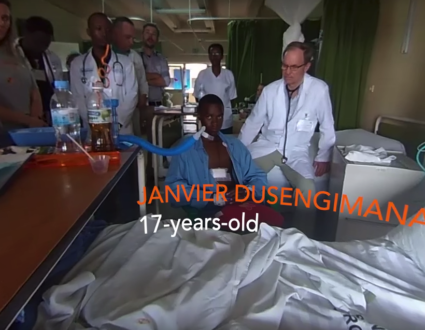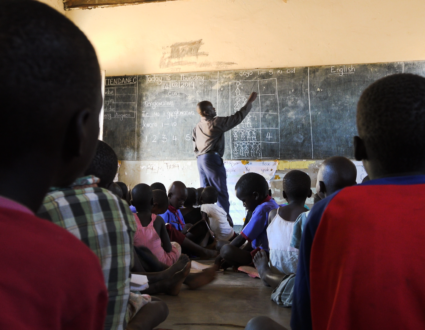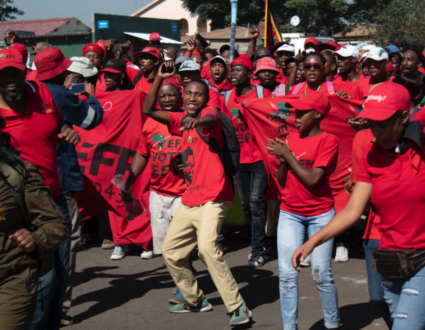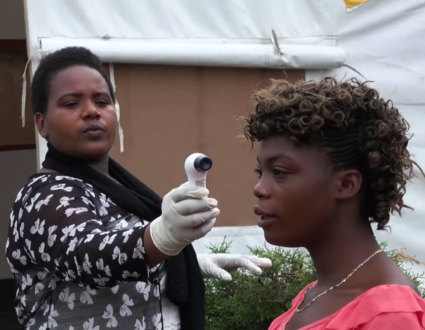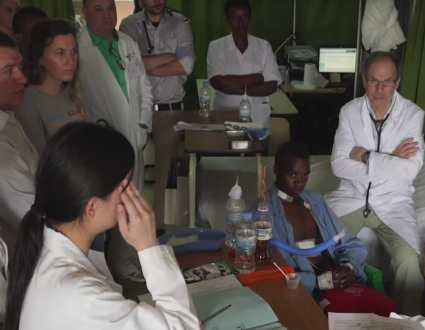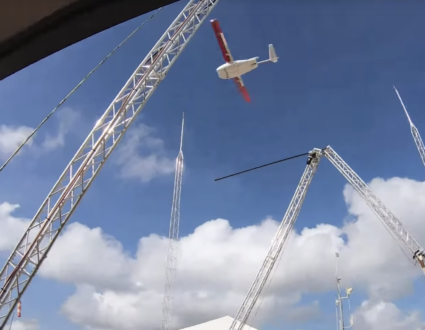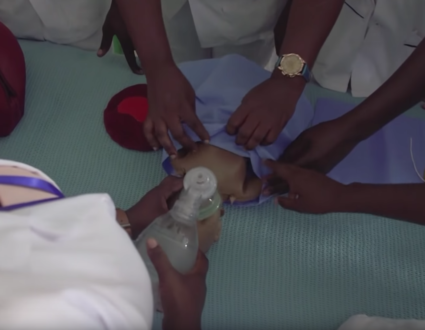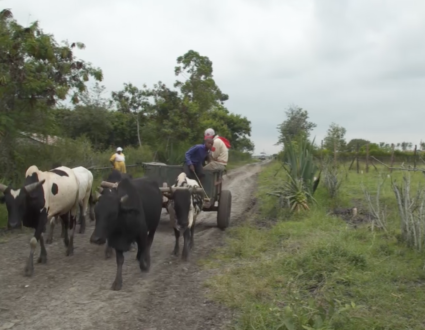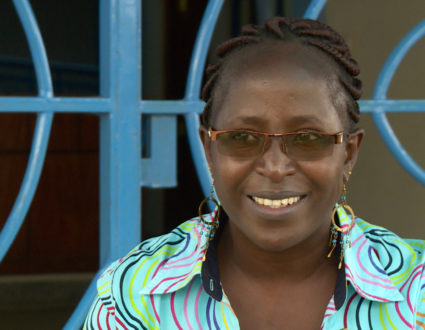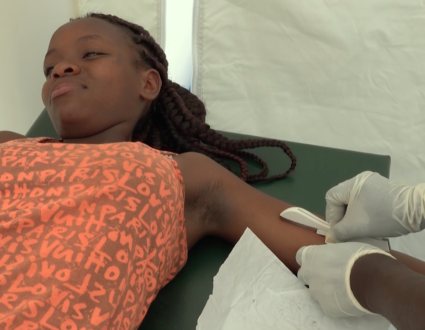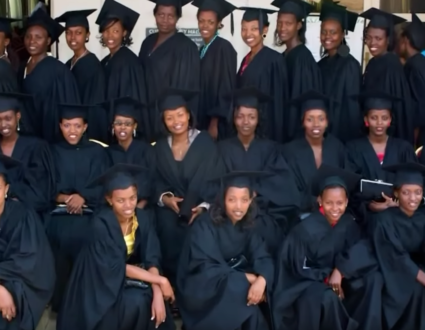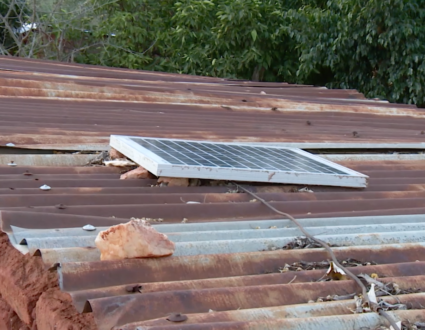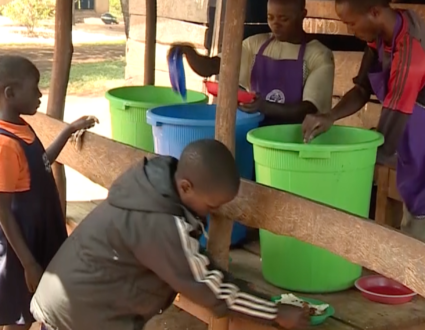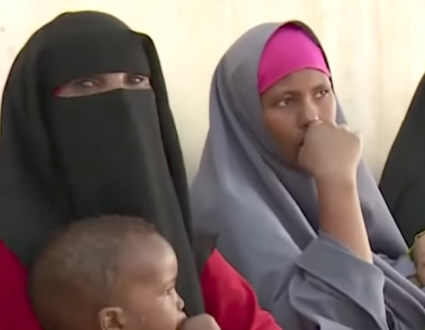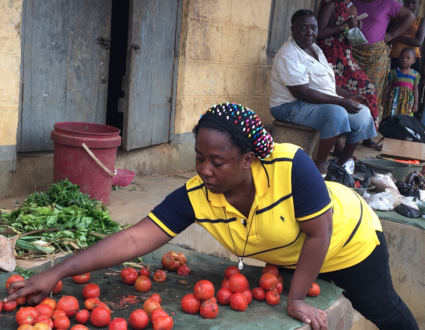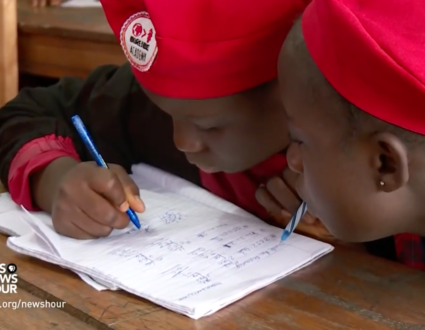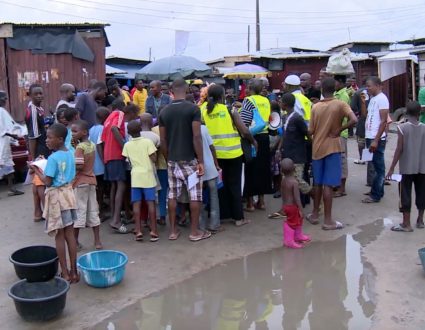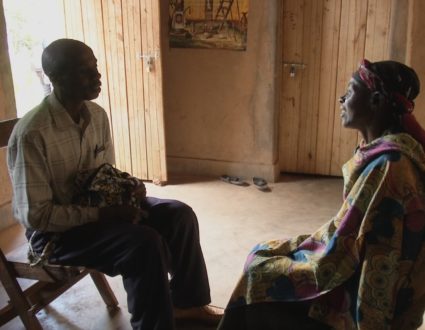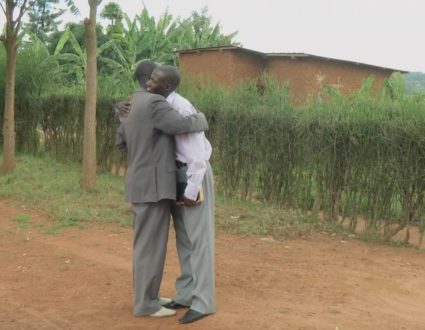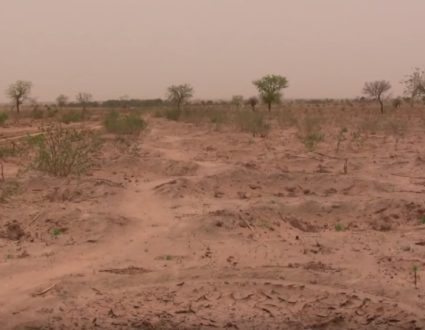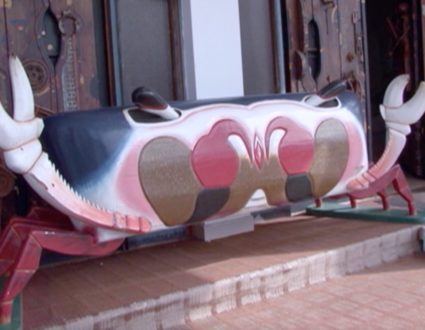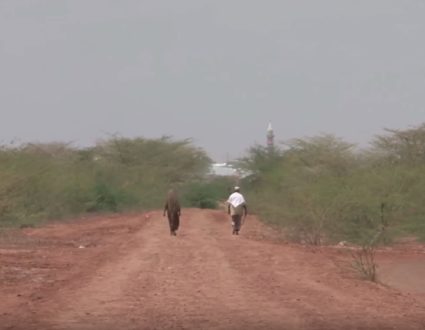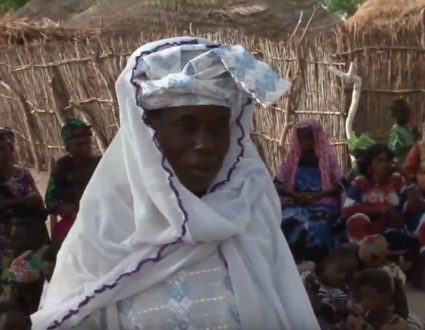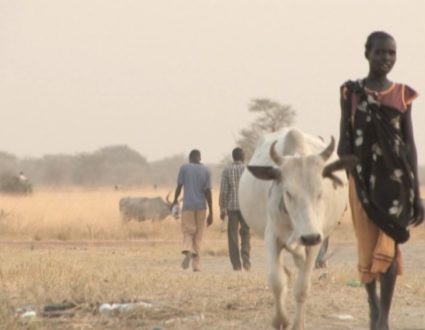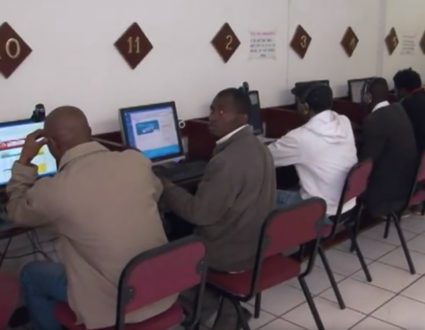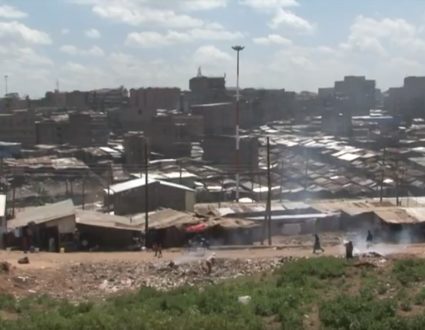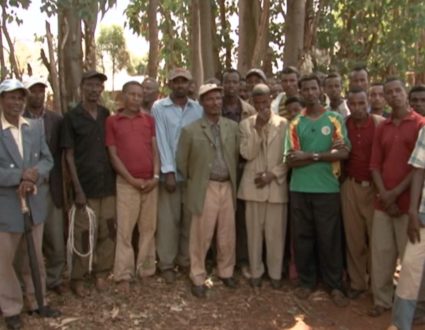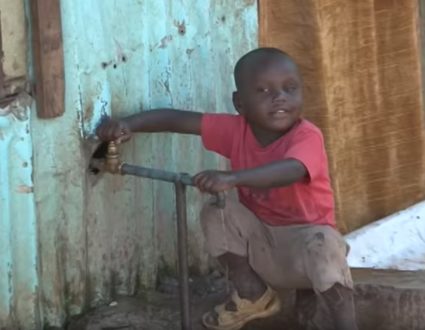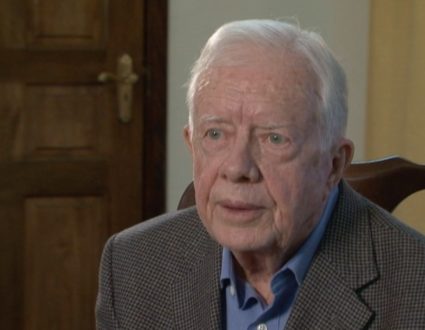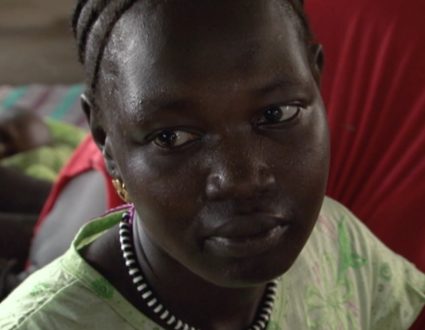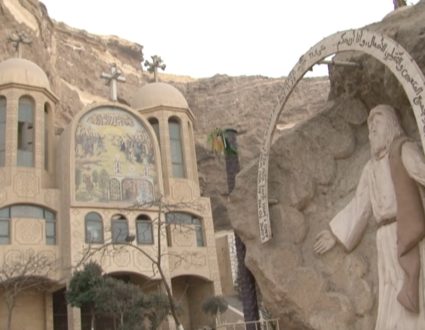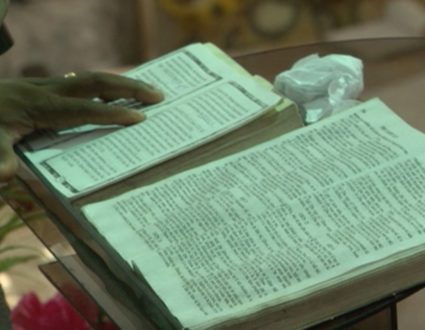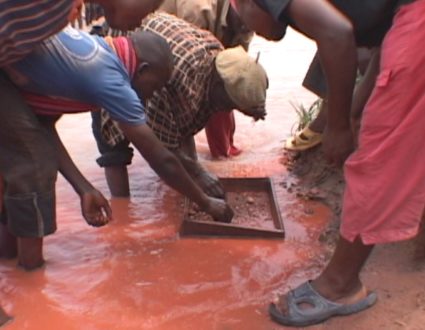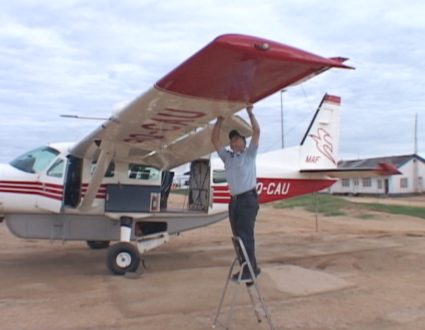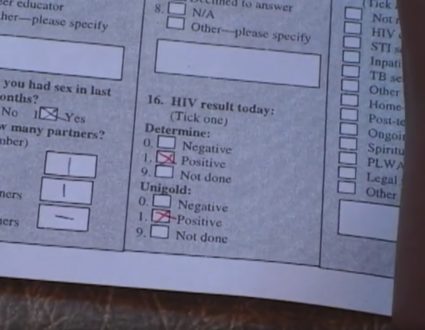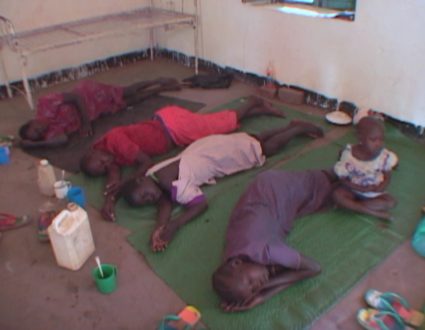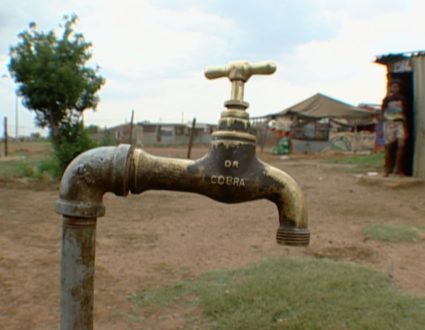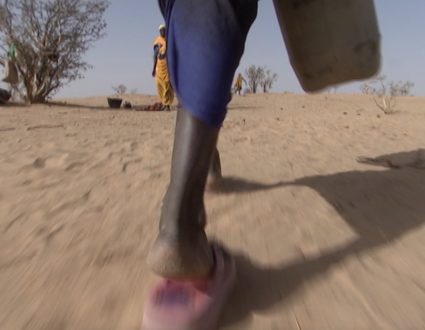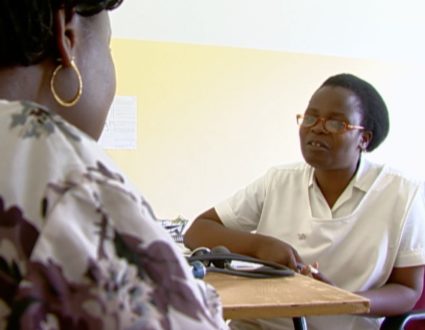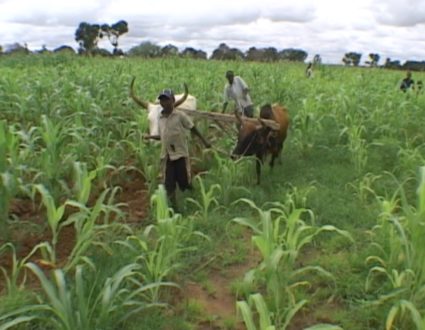Judy Woodruff: Yesterday’s announcement by the Biden administration that is donating 500 million doses of COVID vaccine to developing countries aims to address the lopsided global distribution of vaccines.In Africa, Uganda is still struggling to vaccinate its most at-risk groups. So far, there have been more than 120,000 recorded cases of COVID-19 and just over 3, 100 deaths. But the real numbers are likely much higher.Special correspondent Fred de Sam Lazaro reports from Kampala.
Fred de Sam Lazaro:It is a rare and random-event in Uganda, a vaccination site that actually has vaccines. About 200 AstraZeneca doses were dispensed to people like Eunice Mwinike, who’d tried before and failed to get a shot.
Eunice Mwinike, Uganda:I tried once. Then I waited for three months. Then it came.
Fred de Sam Lazaro:College instructor Joseph Okiror got his shot because teachers are getting priority.
Joseph Okiror, Professor:I feel I’m lucky, because I deal with a lot of students. And, as a result, I made it.
Fred de Sam Lazaro:They are among the few. Only 2.3 percent of the country’s 44 million people have received their first dose. The wait for a second stretches weeks beyond the recommended eight to 12 weeks.Some of the country’s vaccines have come from COVAX, the U.N.-backed sharing initiative whose supply has fallen far short of its goals. The government’s plans to purchase directly from India fell through after that country stopped exporting vaccines amid its own devastating surge.So, vaccination sites sit empty, hastily brought into service whenever doses arrive, many of them donations from Western countries and China, consignments varying by brand, many from surpluses nearing their expiration date.
Dr. Jane Ruth Aceng, Ugandan Minister of Health: We appreciate the dose-sharing. We do appreciate. But it doesn’t begin even to address the needs.
Fred de Sam Lazaro:Dr. Jane Ruth Aceng is Uganda’s minister of health.
Dr. Jane Ruth Aceng:Other countries are thinking about a third dose, a booster dose. And we are just beginning to say, how do we get teachers vaccinated? Should the African continent that has been so marginalized in vaccine distribution sit back and say, let us close our economies and wait for vaccines to come in?
Fred de Sam Lazaro:In April 2020, with many countries experiencing infection surges, Uganda implemented a strict lockdown, shutting down schools, most travel, even religious gatherings.That appeared to contain the virus, until the Delta variant emerged in June. Most of Uganda’s cases and some 3, 100 deaths have occurred since, overwhelming the spartan health care system, until the government clamped down with another six-week lockdown.
Dr. Elias Kumbakuma, Mbarara Regional Referral Hospital:It was very severe. We had about 30 patients in the hospital. And, yes, it was straining, because there was — it wasn’t set up specifically to manage that kind of volume of COVID patients.
Fred de Sam Lazaro:Dr. Elias Kumbakumba is on a COVID task force at the main government hospital in Mbarara, Uganda’s second largest city. \How many ventilators do you have?
Dr. Elias Kumbakuma:We have 10, but a few of them, I think about three, are not as functional as they should be.
Fred de Sam Lazaro:And this is a hospital that is serving four million.
Dr. Elias Kumbakuma:Four million people in the region and beyond.
Fred de Sam Lazaro:Most of those people would find it hard to even get to this hospital. Transportation is a barrier for over half the population who earn less than $2 dollars a day, on days they actually work.And during the lockdowns, work and transportation became even more scarce. Private providers may live closer, but, for many, they are unaffordable.Dr. Charles Kasozi says he’s tried to keep his prices affordable in his modest dispensary, catering to low income neighbors near the town of Entebbe. At the peak, he had 20 COVID patients and struggled to obtain oxygen and medication.How much does it cost to ventilate a patient with COVID?
Dr. Charles Kasozi, Saint Anthony Polyclinic:It may cost two to three millions, per day.
Fred de Sam Lazaro:Two to three million?
Dr. Charles Kasozi:Per day.
Fred de Sam Lazaro:That’s between 600 and 800 U.S. dollars per day.So you think a lot of people die in their homes?
Dr. Charles Kasozi:Some people died in their homes, because they cannot pay their hospital bills.
Fred de Sam Lazaro:Stories are rife of price-gouging in private hospitals.Allana Kembabazi, Initiative for Social and Economic Rights: Before you’re treated, you must present a land title, which most Ugandans just can’t…
Fred de Sam Lazaro:To pay for the care?
Allana Kembabazi:Yes, but before they even touch your patient, some would ask for land title, a huge deposit.
Fred de Sam Lazaro:Allana Kembabazi, a Yale-educated attorney and activist with Uganda’s Initiative for Social and Economic Rights, says Ugandans have been failed twice.
Allana Kembabazi:By the international community, because we just couldn’t get the vaccines in sufficient amounts that we needed, but also by our own government, which should have taken more measures to strengthen our public health systems.
Fred de Sam Lazaro:Uganda received more than $800 million in foreign assistance to cope with the COVID crisis, much of it in the form of loans from agencies like the World Bank.Critics say the government’s been less than transparent about how that money was or is being spent. The government has also come under fire for being out of touch with the widespread suffering here. One recent example, the purchase of new vehicles for Uganda’s 500-plus members of Parliament.
Allana Kembabazi:When you’re telling teachers and you’re telling parents, you can’t send your kids into school until all the teachers are vaccine, until all kids after above 12 are vaccinated, so where are your priorities?
Fred de Sam Lazaro:Health Minister Aceng contends that’s not the issue.
Dr. Jane Ruth Aceng:We have the money. We have had the money from the outset. COVAX will tell you, you will get vaccines between now and 2022 December.I think the answer to this is for Africa to invest in its own vaccine production.
Fred de Sam Lazaro:Several African nations are able to manufacture vaccines. The hurdle? Trade negotiations over the transfer of intellectual property rights and also the export of some vaccine ingredients.
Allana Kembabazi:The idea that we’re all in this together, it was just a lie.Are you going to close your boundaries forever? Are your people never going to travel? How do they think this disease spreads?
Fred de Sam Lazaro:Without vaccines, Uganda’s has imposed lockdowns. Minister Aceng says these are not only unaffordable anymore; they’re unenforceable.
Dr. Jane Ruth Aceng:Everybody’s tired. The focus of most people has now moved away from survival, in keeping safe from the pandemic, to economic survival, where I need to get food on the plate.
Fred de Sam Lazaro:Of the survivors, she and others say none will pay a heavier price than children in a country where half the population is younger than 14.At the vaccination site, sisters Deborah and Winnie, 11 and 12, sell bananas, so they may eat each night.
Student (through translator):I loved studying.
Fred de Sam Lazaro:What was your favorite subject?
Student (through translator):I liked mathematics and social sciences.
Fred de Sam Lazaro:The government hopes to reopen schools in the weeks ahead, but these sisters and millions of others, their families financially wiped out, may not return soon, if ever.Another troubling sign, child labor, which had been declining for two decades in Uganda and elsewhere, saw an increase in 2020, a trend the U.N. says is getting much worse in 2021.We will explore that issue in my next report.For the “PBS NewsHour,” I’m Fred de Sam Lazaro in Kampala.
Judy Woodruff:Fred’s reporting is in partnership with the Under-Told Stories Project at the University of St. Thomas in Minnesota.
Waiting for Vaccine Donations
Some of Uganda’s vaccines have come from COVAX, the U.N.-backed sharing initiative whose supply has fallen far short of its goals. The government’s plans to purchase directly from India fell through after that country stopped exporting vaccines amid its own devastating surge. So, vaccination sites sit empty, hastily brought into service whenever doses arrive, many of them donations from Western countries and China, consignments varying by brand, many from surpluses nearing their expiration date.







